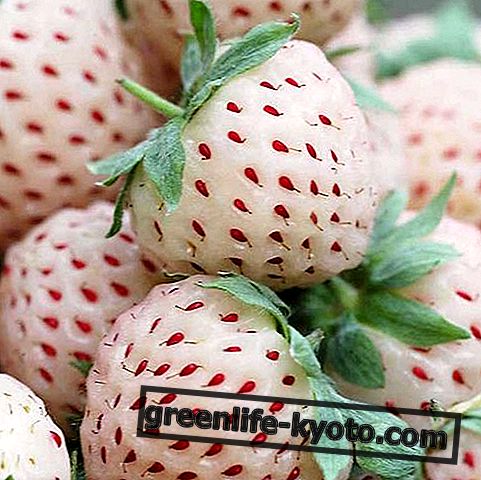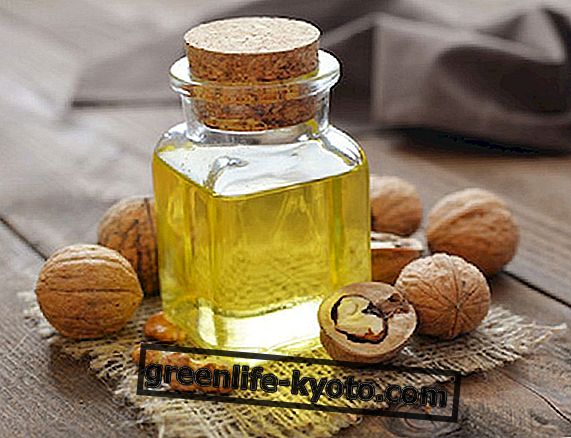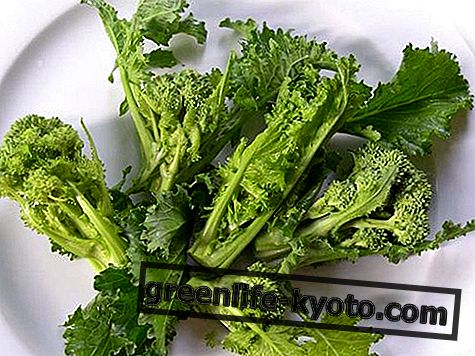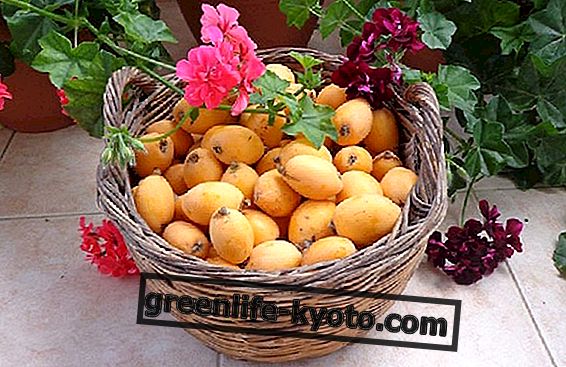
The art of flying moss balls
Are you passionate about Japanese culture, or do you simply like to experiment with new forms of home gardening ? The art of kokedama will give you the opportunity to create, between your home walls, a real suspended and floating Zen garden, without vases and without complicated techniques, but only with plants - even wild and spontaneous - moss, soil, water and a little bit of thread.
The kokedama are so beautiful that, a couple of years ago, the Dutch green designer Van der Valk has seen fit to reinterpret them, creating a scenario of wonderful “string-gardens”, or forests floating in the air of extraordinary beauty.
If you also want to have fun and try your hand at this technique, here are some practical tips.
Brief history of kokedama
The word " kokedama " literally means "moss ball" and is a term that comes from the Japanese language and culture. It is a way of cultivating and arranging the plants that dates back to the 1600s, a cross between the classic bonsai, the "kusamono", or species of composition of wild herbs, and "nearai", a particular style of bonsai art.
The basis of the creation of kokedama is a particular clay, moss and a plant of choice. Also the layout varies: the kokedama can be suspended, hung in the various rooms of the house, or arranged in bowls, special trays, glass vases or decorated plates. Here's how to do it.
How to make a kokedama
Two general indications that briefly summarize what Takaaki Kagawa explains wonderfully in his book "Kokedama, a step-by-step guide".
What to get? A young plant - for the first experiments it is better to use more "simple" plants such as succulents, ivies, ferns or even weeds typical of the home garden; but you can also use aromatic or flowering bulbs -; scissors and fishing line; water, basins and sprays; fresh moss to buy from nurseries and florists; clay soils, in particular ketotsuchi and akadama.
Procedure : take the selected seedling and free the roots of excess soil; soak the moss in the basin of water for a few minutes; mix the two clay soils, moisten them with water in a basin and form a ball.
Divide the ball in half, inserting the roots of the plant in the center, then reshape and vaporize well with water. Take the moss and wrap it around the sphere, stopping it by making turns with nylon thread; then immerse the sphere in the water for a few minutes, let it drip and hang or place where you want your kokedama, having the foresight that there is always some light.
Attention : the moss is a protected species, so do not collect it in the undergrowth! In addition, these balls attract the attention of cats very much, something that should not be underestimated!
Read also How to grow aromatic herbs at home >>













